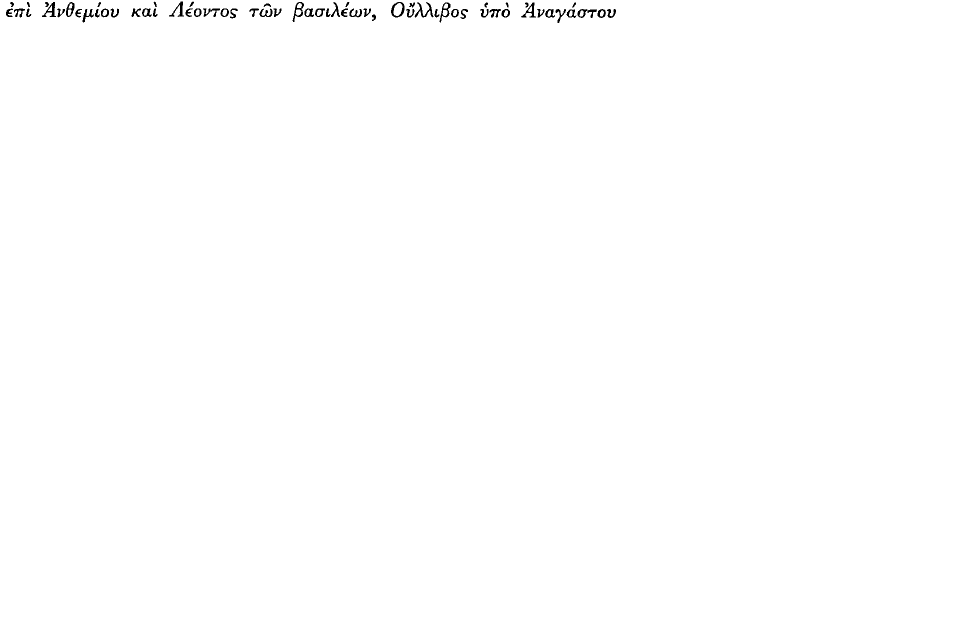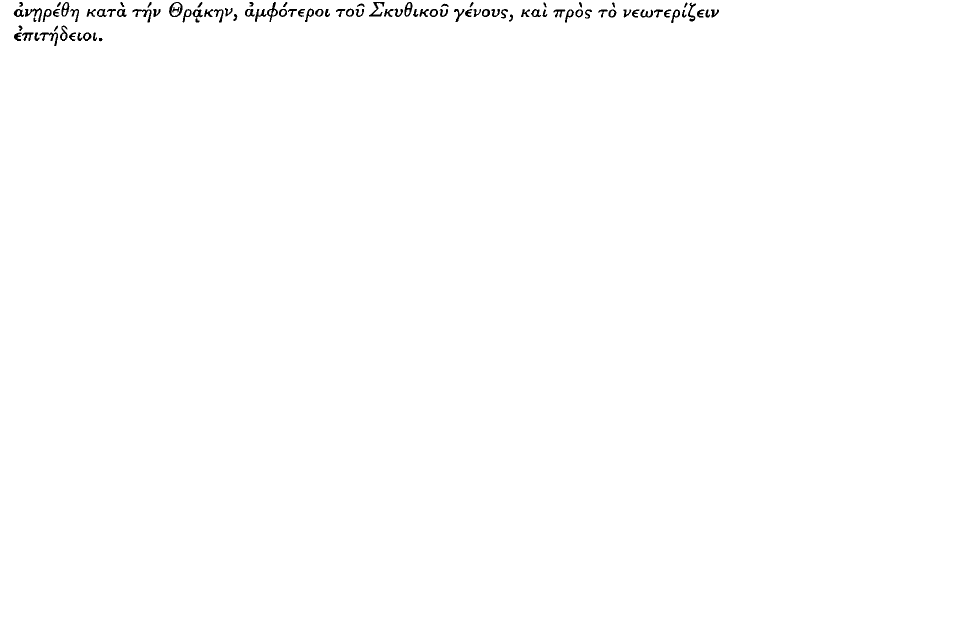In modern work on the Parmenides it is commonly supposed that in the First Part of the dialogue Plato's main concern is criticism of his own (or Socrates') doctrine of Forms, or of some formulations of that doctrine, and that the criticisms have some sort of validity and are in some degree ‘damaging’ to the doctrine. It is thus often assumed that Plato's purpose is to make the reader ask himself, ‘Where is Plato (or Socrates) wrong? Where is his doctrine of Forms, or his statement of it, inadequate?’ This is no doubt due partly to the fact that no reply is offered to the criticisms, and partly to the fact that they are put into the mouth of Parmenides, for whom (it is alleged) Plato had a very great respect. Nevertheless, Plato can hardly have had a greater respect for Parmenides than he had for Socrates; and therefore on general grounds it is at least as likely that he intends us to ask ourselves the question, ‘Where is Parmenides wrong, or inadequate?’ It is, of course, obvious that Socrates is represented as a young man, who, in his enthusiasm for a new doctrine which he has invented himself, has not thought out all the difficulties involved in it or prepared replies to all the possible criticisms. Yet again, on general principles it is not likely that Plato would have written a dialogue primarily to represent Parmenides' position as substantially more satisfactory than that of Socrates (or himself). It is therefore of the first importance not merely to have clearly in our minds the nature and purpose of the doctrine of Forms, but also to examine carefully the basis of the criticisms which Parmenides is made to bring against Socrates, and the methods by which Parmenides conducts his arguments.

 masquerading as history in a story whose falseness was self-evident, because it assumed, on the part of the young sons of senators at Rome, a
masquerading as history in a story whose falseness was self-evident, because it assumed, on the part of the young sons of senators at Rome, a  (52/476).
(52/476). disguised the
disguised the  of Menander. This explanation, besides interfering with the text without due cause, ignores altogether the name
of Menander. This explanation, besides interfering with the text without due cause, ignores altogether the name  .
. in Jo. Ant., fr. 205 (
in Jo. Ant., fr. 205 (
